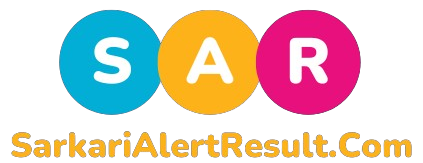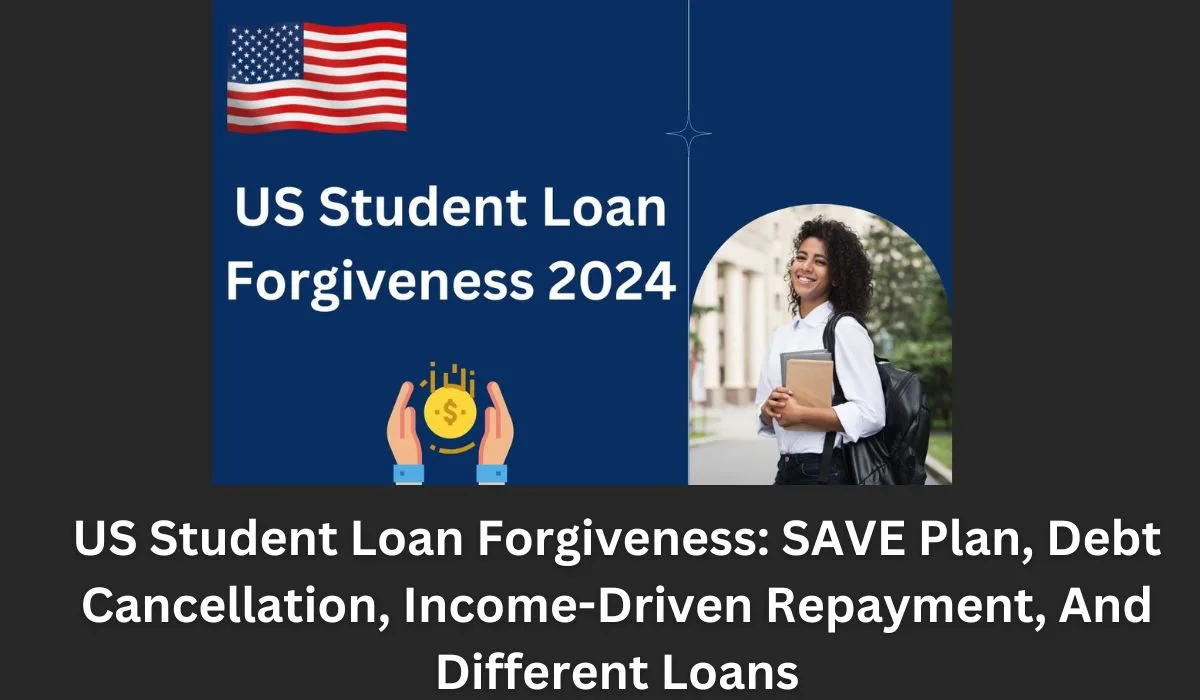Student loan forgiveness is when the government says you don’t have to repay some or all of the money you borrowed for college. This is for certain types of loans, and usually, you have to work in certain jobs like public service, education, or the military to qualify. President Biden created a new plan called SAVE on June 30, 2023, after his previous plan for loan forgiveness was blocked by the Supreme Court. SAVE gives better financial benefits to student loan borrowers. It has three main parts that will begin in summer 2023, and full rules will begin on July 1, 2024.
Who is eligible for student loan forgiveness?
The new plan helps most Americans with federally held student loans. In addition, individuals who privately borrow federal loans from the discontinued Federal Family Education Loan (FFEL) program will also benefit from specific elements of the proposal.
Commercial FFEL borrowers who began repayments on or before July 1, 2000, or are eligible for the closed school holiday period, will be forgiven. Additionally, borrowers with loans tied to colleges who have lost access to federal student aid due to high loan default rates will also be eligible for loan relief, according to the Department of Education.
US Student Loan Forgiveness Forms –
US Student Loan Forgiveness in the United States can be obtained through a variety of channels:
1. SAVE Plan: President Biden has introduced the SAVE Plan, an income-driven repayment program aimed at providing enhanced financial assistance to student loan borrowers. The program is scheduled to be fully implemented by July 1, 2024, with its three main components launching in summer 2023.
2. Loan Cancellation: The government has the right to cancel a portion or all of your student loan debt through programs such as Public Service Loan Forgiveness or forgiveness for victims of fraudulent practices committed by educational institutions.
3. Income-Driven Repayment (IDR): IDR plans to adjust monthly payments based on your income and family size. This adjustment can potentially forgive the remaining balance after a certain number of years of eligible payments.
4. Different Loans: Federal loans (such as Direct Loans, Perkins Loans, and Loans) and private loans offer different forgiveness programs and options depending on the type of loan.
It is important to note that each option has specific eligibility criteria and requirements. Therefore, it is important to thoroughly research and understand which forgiveness options may apply to your circumstances.

